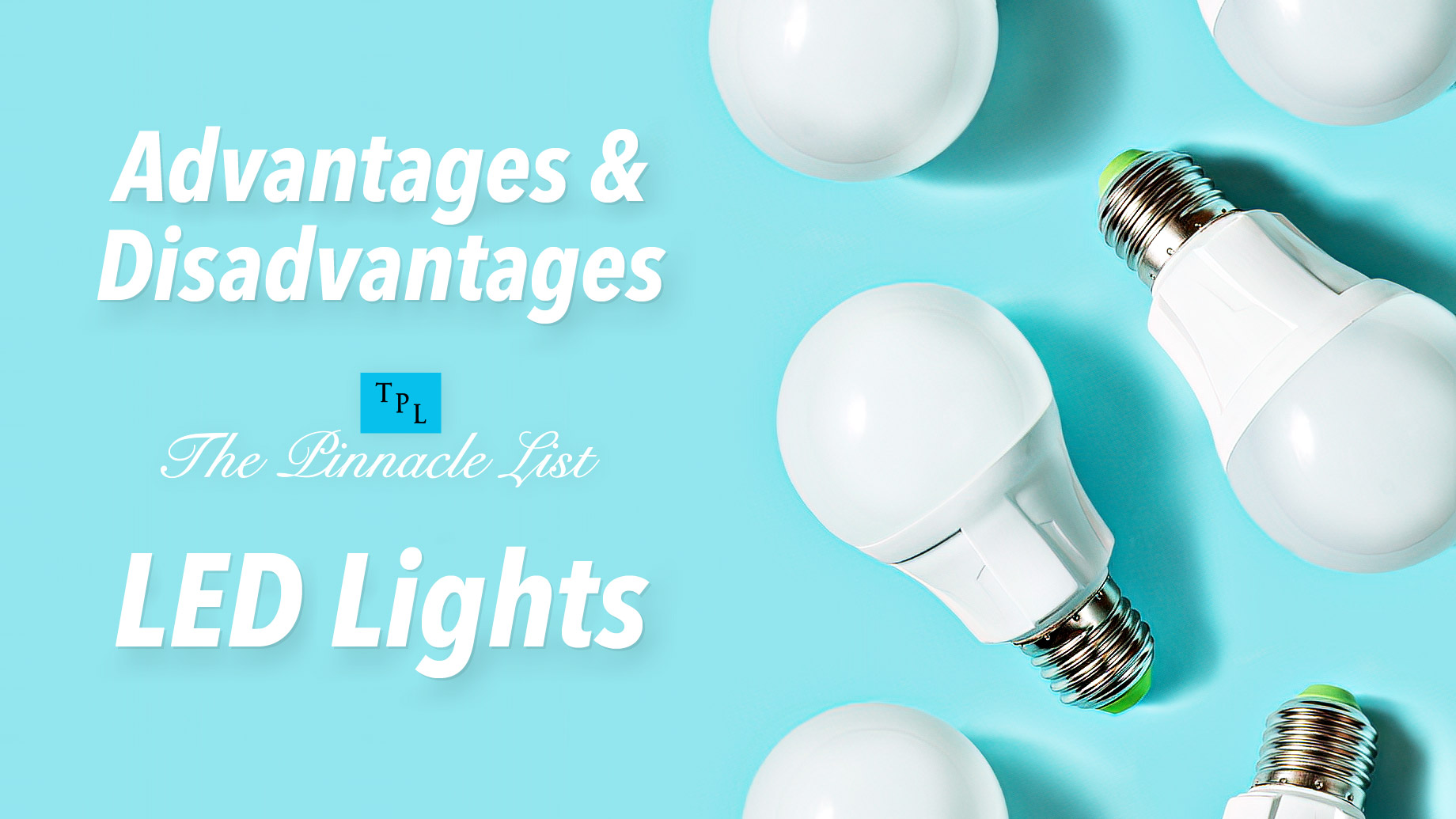
LED lights are the technology of the future, and they have a lot of huge advantages over other types of horticultural lights. That said, they also have several disadvantages. But those drawbacks are quickly disappearing, as manufacturers are making their lights more efficient and more affordable. Before long, there will be nothing that HID lighting (or other kinds of lighting) can do better.
Let’s have a look at the main pros and cons of LED grow lights, before you set yourself up with an LED Light Manufacturer for installation in your home.
Advantages of LED Grow Lights
LED grow lights have become popular with growers for a good reason – they provide many advantages that other lighting systems do not. The benefits of picking LED lights for growing plants indoors consist of the following:
Greater Efficiency
Nearly every cultivator who recommends using LEDs for growing plants will talk about the efficiency of such a lighting system. LEDs are, in fact, a lot more efficient than HID lights, which equates to reduced energy costs for you.
Cooler Temperature
LEDs run significantly cooler than HID light bulbs. HID systems can get extremely hot, putting plants at risk of heat damage, and can also become fire hazards when they’re used in small spaces.
Longer Life Expectancy
LEDs offer more than just improved efficiency and cooler temperatures. You’ll also have more grow hours out of your LEDs – a lot more. LED grow lights usually last for 50,000 hours or more, whereas HID light bulbs generally last 10,000 to 18,000 hours, depending on the particular type of bulb. When it comes to longevity, there’s truly no competition.
The Total Spectrum
A significant benefit of using LED grow lights is the huge spectrum of energy they generate. When you pick LED, you do not have to bother with switching out lights as your plants mature through their growth cycle. Even better – you can actually install a system that’s tailored specifically to the kind of crop you grow.
Less Bulk
Are you growing in close quarters? If so, that’s another reason to go with LEDs, which have the distinct advantage of being able to fit into smaller, tighter grow areas. This advantage works together with the cooler temperature of LEDs – not only can you create a much more compact growing area, but your crops can grow relatively close to the lights without the risk of heat burn.
State Rebates
Another benefit of going with the LED route is that you could wind up saving a good amount of money. Both the federal government and local municipalities provide rebates on LED lighting systems as a way to incentivize cultivators to invest in energy-efficient models.
Disadvantages of LED Grow Lights
The fact is, like any type of artificial lights, LED grows lights have a downside. These drawbacks include the following:
Less Powerful
Simply put, HID lights are more powerful than LEDs. More power means more intense light, and more intense light means total nourishment for the entire garden.
Blue Light: Good For Plants, Bad For You
Your plants flourish on light from the blue end of the spectrum, especially when they’re in the vegetative phase. Your eyes, on the other hand? Not so much. Extended exposure to blue light, one of the kinds of light that LED light bulbs release, can harm your retinal cells.
An LED System Is a Big Investment
A lot of growers are put off by the high upfront costs associated with LED lights. Buying an LED system means making a larger initial investment than that of a similarly powered HID system, yet a little bit of math shows that you’ll actually save money in the long run when you choose LEDs due to their high efficiency.
Light Bleaching Risk
Light burn is a kind of damage your plants can suffer when they’re situated too close to the lights, turning the leaves yellow and then white. As the leaves lose their natural color, they also lose potency and aroma. Eventually, plants that have suffered light burn produce bleached flowers that ultimately have nothing to offer your consumers.
No Standard Specifications (Yet)
Unlike HID lights, LEDs don’t have standard specifications across various manufacturers – which means more research for growers. When you pick LED grow lights, you need to do extensive research regarding the particular system components you’re buying. If you don’t, you run the risk of getting incompatible parts or struggling to compare the quality of said products. This most likely will not always be the case, however. As LED lights become more mainstream, expect their specifications to become more standard.
LED grow lights are almost certainly the future of the horticultural industry. Even today, the benefits far exceed the drawbacks, with the greater cost being the only serious downside. And that downside is vanishing quickly as prices drop. The best LED Growers Choice lighting works so well, that they easily outdo any other kind of horticultural lights on the market today.